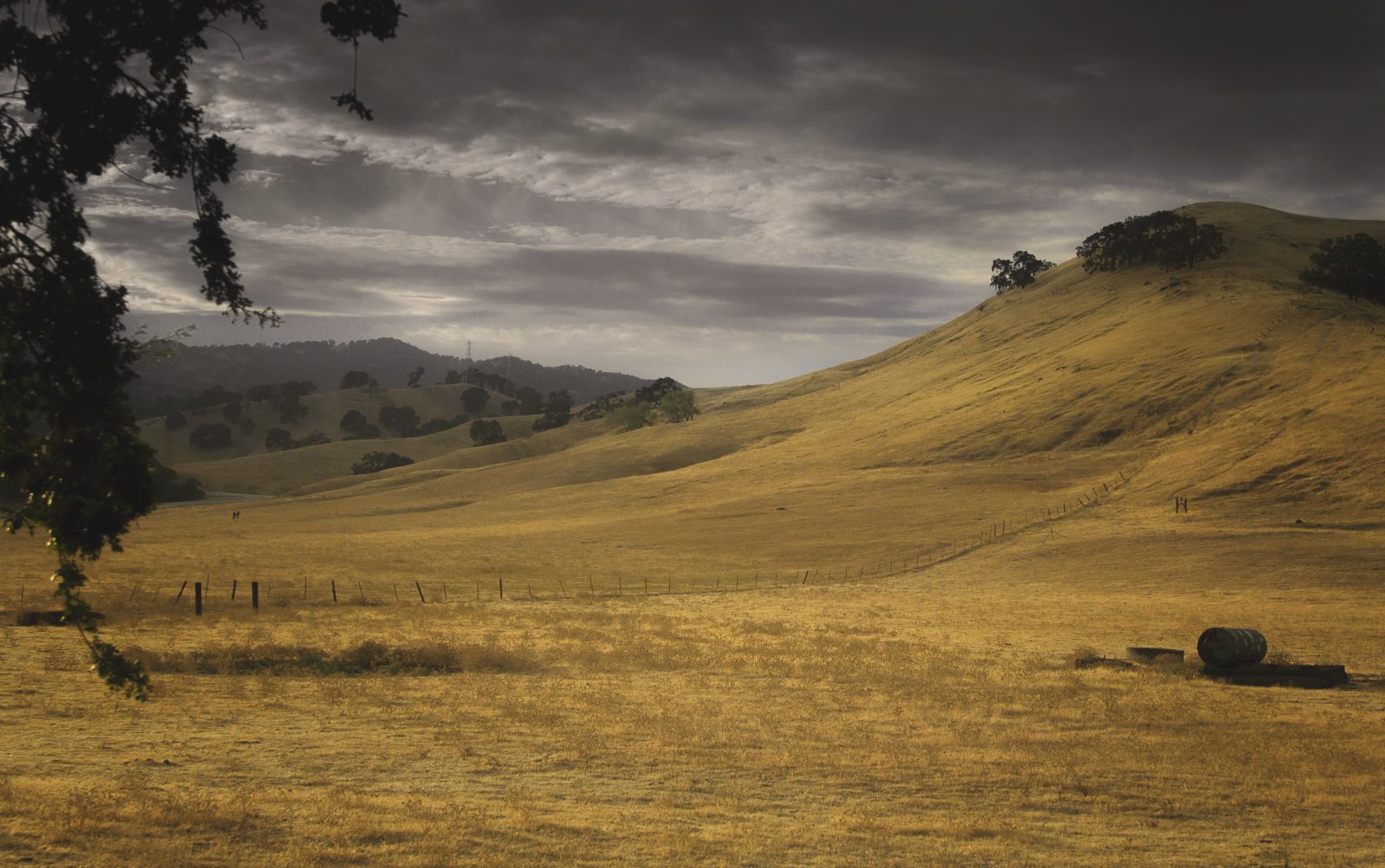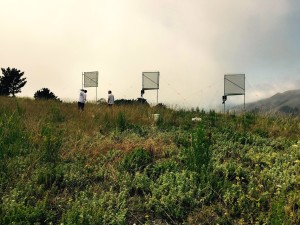To suggest that my blood runs green is an understatement. I worked 40 years for the National Park Service as ranger, biologist, park superintendent, and as the 18th Director. As a ranger working in remote places like Crater Lake National Park or Wrangell St. Elias National Park in Alaska, I acquired a suite of DIY skills to tackle just about anything: fixing a car, a broken leg, or the plumbing. A biologist, Aldo Leopold noted, “is that one lives alone in a world of wounds,” and I witnessed the climate change impacts we are experiencing in California and across the nation. As a national park superintendent and as Director, I was in the position to heal some of those wounds and to help the National Park Service become an exemplar of water and energy conservation. For instance, as superintendent of Craters of the Moon National Monument in Idaho, I removed the grass lawns around the visitor center and replaced them with native desert plants, saving millions of gallons of water each year. As Director, I launched the NPS into a full program to address climate change, called our “no-regrets action plan,” which included many easy things we could do to mitigate our own carbon footprint and respond to climate change impacts.
I brought many of those lessons home and my wife, Paula, and I have practiced conservation measures wherever we have lived. Semi-retired now, we live in the East Bay community of Pinole. Pinole has a walkable and historic downtown, frontage on the San Pablo Bay, and several lovely parks. We joined the local Friends of the Pinole Creek Watershed that works to protect one of the few remaining open streams in the Bay Area. Our “no regrets” home plan has included solar panels, native plants, rain barrels, efficient appliances, and most recently a greywater system to save water and provide irrigation to our plants. When the Pinole Building Inspector saw our greywater system, he was very complimentary, but added that in six years of inspections around the Bay Area, he has only seen a few of these systems. I would like to encourage others with some basic skills to install these water-conserving systems in the Bay Area, and rangers like to tell stories, so here is our greywater story!
The first system we built was the “laundry to landscape,” which redirects the water from the washing machine downhill to our fruit trees. There are lots of videos available online to get a sense of “how-to” and there are two great references you can get from the local library: Create an Oasis with Greywater by Art Ludwig and Greywater Green Landscape by Laura Allen.
This project was fairly easy, so anyone with skills to cut and glue plastic pipe can do this. Basically, the flexible discharge hose from the washing machine, that normally goes into a standpipe to the sewer line, is reconnected to a valve that can be hand turned to direct the water either to the main sewer line or to a pipe outside the house. I mounted the valve behind the washer for ease of access. From the valve, run 1-inch PVC pipe (white plastic pipe available at most hardware stores) through the hole in the wall (I will admit that boring a hole through the utility room wall to the outside was scary). Then connect the PVC to 1.5-inch ABS pipe (thicker, black plastic) for distribution to the yard. I ran the ABS pipe to three pipe “splitters” that divide the flow to three fruit trees: an apricot, an apple, and a lemon.

The pipes discharge the washing machine water by gravity into what is called a mulch basin around each tree — basically a shallow ditch filled with wood chips or bark mulch. Fruit trees like water, and we were able to remove the drip irrigation to these trees so now they only get water from our washing machine, about 12 gallons split three ways, every few days. It is important to use only detergents that are biologically safe. These laundry-to-landscape systems can be installed without a permit in California and there is a $50 rebate program from Contra Costa County for the purchase of the valve.
Inspired by the success of the first system and encouraged by the details in Laura Allen’s Greywater Green Landscape, we decided to install a more complicated system on our master bathroom shower. I never liked wasting that cold water as one waits for the shower to get hot. Some people collect that water in a bucket and carry it out to the garden, which works and is a very simple solution, but we wanted to capture all of the water. With a 1.5-gallon shower head and two five-minute showers per day, that is 15 gallons of water per day that is not wasted. These more complicated systems do require a permit, so I applied to the City of Pinole and got approval within a week. I knew there would eventually be an inspection, so I paid attention to the specific requirements of the plumbing.
The permit requires that the system have a valve that can switch the flow from the yard back to the regular sewer line. You will want to switch the flow back to the sewer when using harsh cleaning products in the shower or when the Bay Area winter rains finally come. Our plumbing is in a crawl space, so a hand-operated valve, like the laundry-to-landscape valve, was not an option. Regularly crawling under the house with the spiders is not something we relish. We needed to be able to remotely switch the shower water back and forth from the main sewer to the yard. The answer was what is called a pool and spa valve, paired with something called an electric actuator that turns the valve for us.
We located a 2-foot section of the shower drain downstream of both the p-trap and the air vent. The shower drain line is 2-inch ABS plastic, easy to cut with a saw and to install the three-way valve using rubber couplings. The actuator sits on top of the valve and runs on a 24-volt line, which I fished up through the floor into the sink cabinet next to the shower, which had a regular GFI outlet. With a 24-volt transformer plugged into the GFI wall outlet, we connected that to a small toggle switch that powers the actuator to move the valve from the sewer line to the grey water and back. We also installed a backflow preventer to ensure that any future sewer back-up would not be able to reach the greywater line. We rented a core drill and bored a 3-inch hole through the house foundation then ran the new 1.5-inch ABS pipe to the outside. I installed an inspection/clean-out in the line and then ran the pipe down the hill to the yard in a shallow ditch. There we dug three linear mulch basins and used gravity “splitters” to direct the shower water to the roots of nearby plants. Again, this allows the removal of existing drip irrigation lines.

Combined we should save approximately 8,000 gallons of water per year from our house! All while still maintaining a low-water garden, enjoying a hot shower and clean clothes, and knowing that we are making a small contribution to the challenges of climate change and the California drought.
Itemized list and total cost
All of these items can be found online, while the pipe can be purchased at any hardware store.
ABS and PVC pipe, glue, rubber connectors: $25
Toggle switch: $5
Spa and pool valve: $74
Laundry to landscape valve: $70
Flow splitters: $16.00 each x 6 = $96
Actuator: $230
Valve box: $18 each x 6 = $108
Backflow preventer valve: $32
24-volt transformer: $18
Core drill rental: $50
Total: $708




-300x221.jpg)